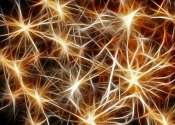Highly specific synaptic plasticity in addiction
Addiction, or substance use disorder (SUD), is a complex neurological condition that includes drug-seeking behavior among other cognitive, emotional and behavioral features. Synaptic plasticity, or changes in the way neurons ...
Jan 26, 2021
0
45








